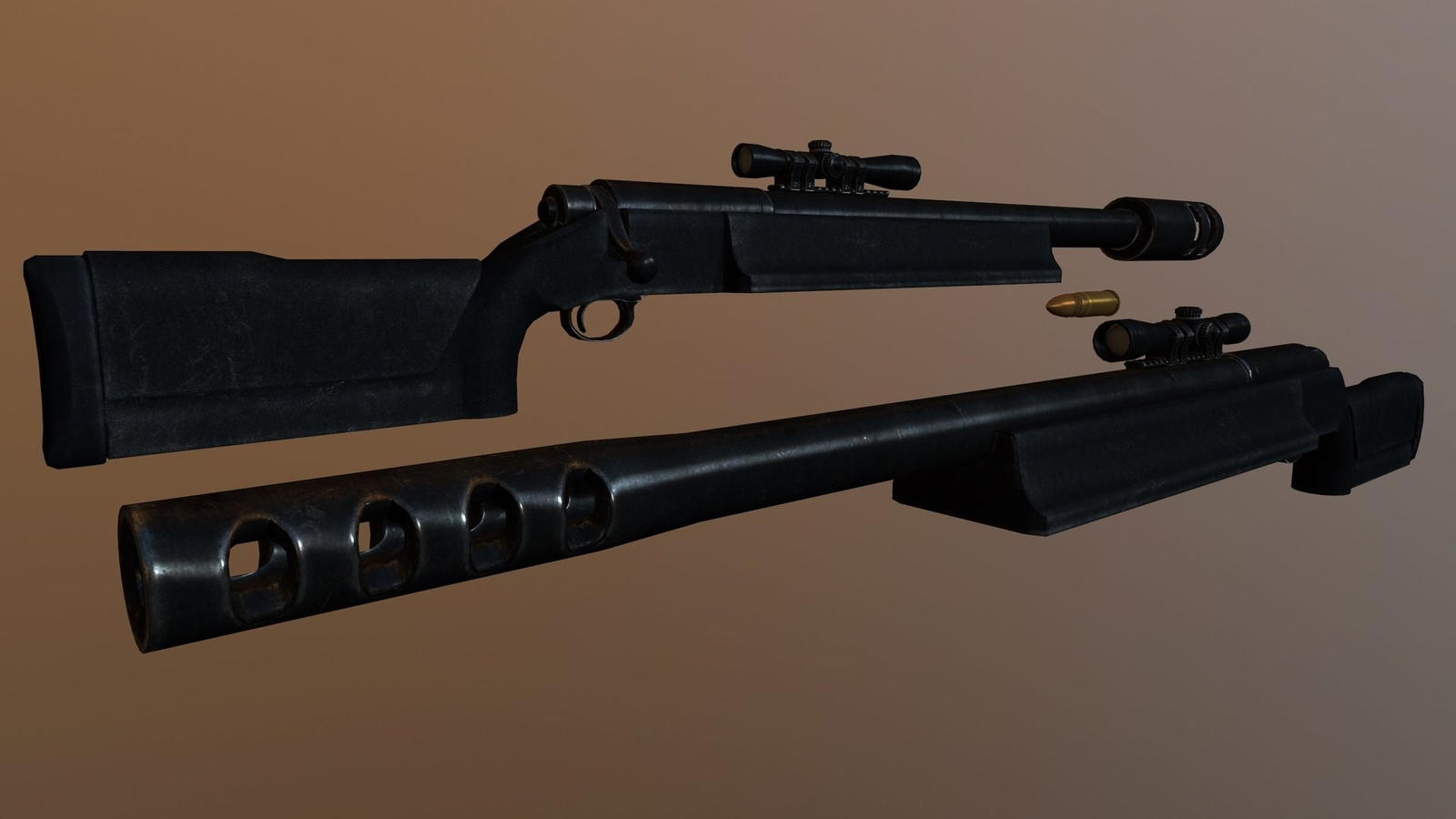
Few rifles in history have sparked the same mix of awe and disbelief as the .950 JDJ, better known by its nickname, Fat Mac. This massive creation isn’t just another large-caliber experiment—it’s one of the boldest examples of firearms engineering ever attempted. When one of these now-rare rifles recently changed hands at a Texas auction for a little under $100,000, it demonstrated that even decades on from its initial release, the Fat Mac legend still has appeal to serious collectors.

At the centre of its legend lies the cartridge. The .950 JDJ was created out of the massive 20×110mm Vulcan round originally developed for use in anti-aircraft weapons. Gun inventor JD Jones reworked that example to take a bullet close to an inch in diameter—950 inches.

The outcome was a cartridge so massive itthat dwarfs even the intimidating .50 BMG. Every round is loaded with a 3,600-grain bullet, close to five times heavier than a typical .50 caliber projectile, and the loaded cartridge is almost four inches long. There’s nothing else in the ballpark.

Construction of a rifle to deal with such a cartridge was an engineering challenge in itself. The Fat Mac came equipped with heavy-duty McMillan-style stocks and heavy Krieger bull barrels to deal with the outrageous chamber pressures. Even the muzzle brake weighs 18 pounds, a requirement to tame the savage recoil.

Depending on the configuration, the rifle weighs anywhere from 61 to over 100 pounds, meaning it’s only suited for bench shooting. Even then, the recoil surpasses 200 foot-pounds—more than ten times what you’d feel firing a .30-06 hunting rifle. Only reinforced optics, bipods, and rests can handle the punishment this monster delivers.

The performance figures are as outrageous as its size. The .950 JDJ launches its giant 3,600-grain bullet at around 2,200 feet per second, delivering a staggering 38,000 foot-pounds of muzzle energy. That’s comparable to shells from World War I tank guns and twice as many as the .50 BMG. No army ever discovered a useful application for such an oversized rifle. It’s tremendous power, but in practical terms, it’s just too much to be effective on the battlefield.

What is so odd about the Fat Mac is its legal classification. Under normal circumstances, guns with barrels more than half an inch in size are considered Destructive Devices, which are heavily controlled. However, SSK Industries, the firm that manufactured the rifle, obtained a special “Sporting Purposes Exception.” That makes the .950 JDJ available to buy like an ordinary rifle by any individual legally permitted to do so, without additional permits and forms.

Even though the rifle is legally available, it’s as much a trophy as a firearm. Its massive weight and recoil render it impossible to pack into the field, and attempting to shoot it from the shoulder is a feat only the most courageous or obstinate shooters can manage.

And the prices don’t make it easier—rifles begin at $8,000, and every custom cartridge costs $40 or more. For most owners, the Fat Mac spends its days at the range, wheeled out to dazzle spectators and demonstrate that sometimes too much is the idea.

The .950 JDJ has established over the years a reputation as the symbol of excess in the world of firearms. It’s the gun-world equivalent of a monster truck—immense, boisterous, and unashamedly over-the-top. Its notoriety is founded not in battle service or utilitarian use, but in how far it stretched the limits of what a shoulder-fired rifle could achieve.

And that’s precisely why it’s so singular in firearms history: not because of what it’s capable of on the battlefield, but because it demonstrated just how far engineering can be pushed when boundaries are designed to be broken.
